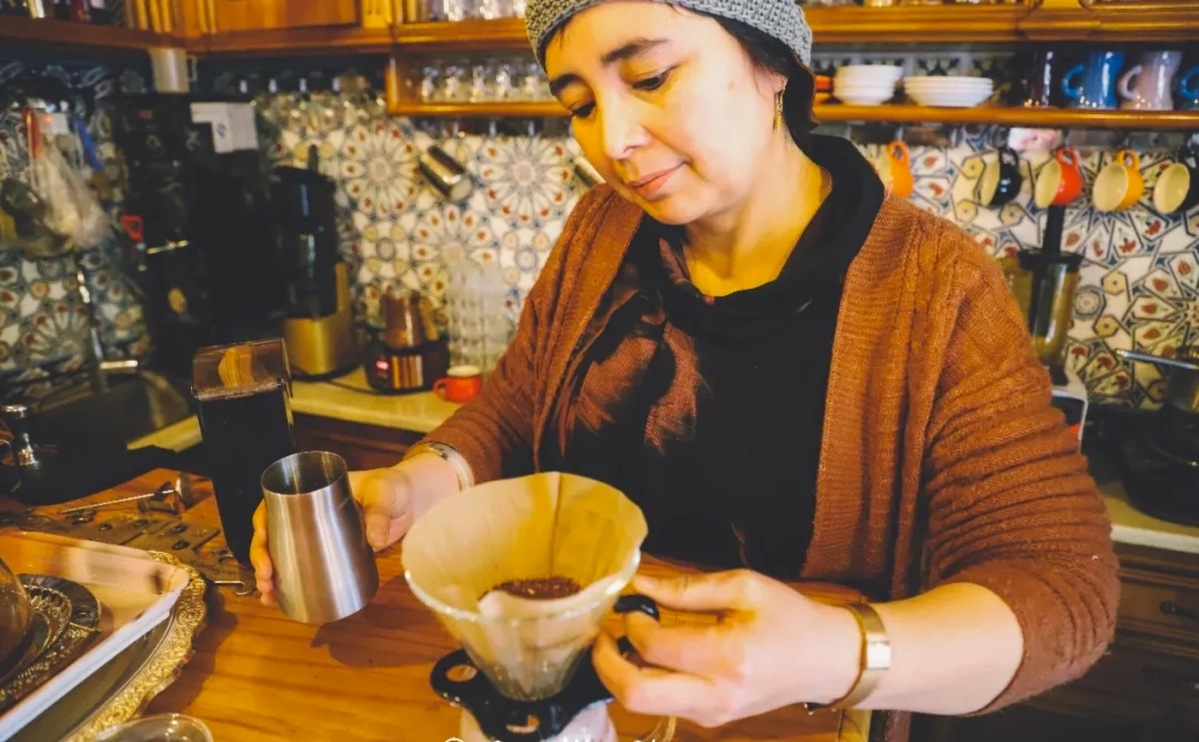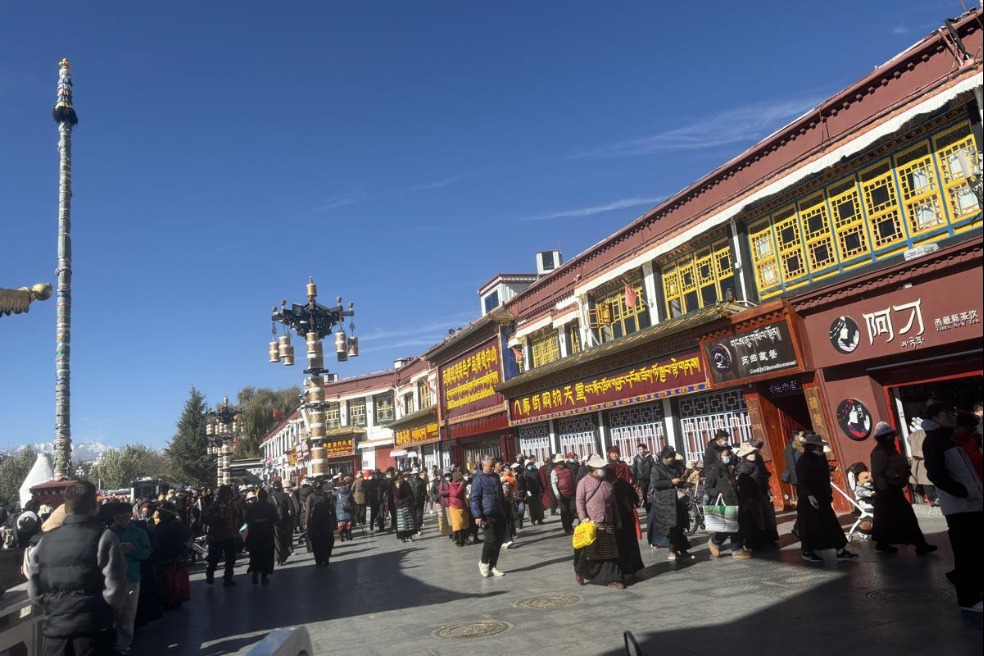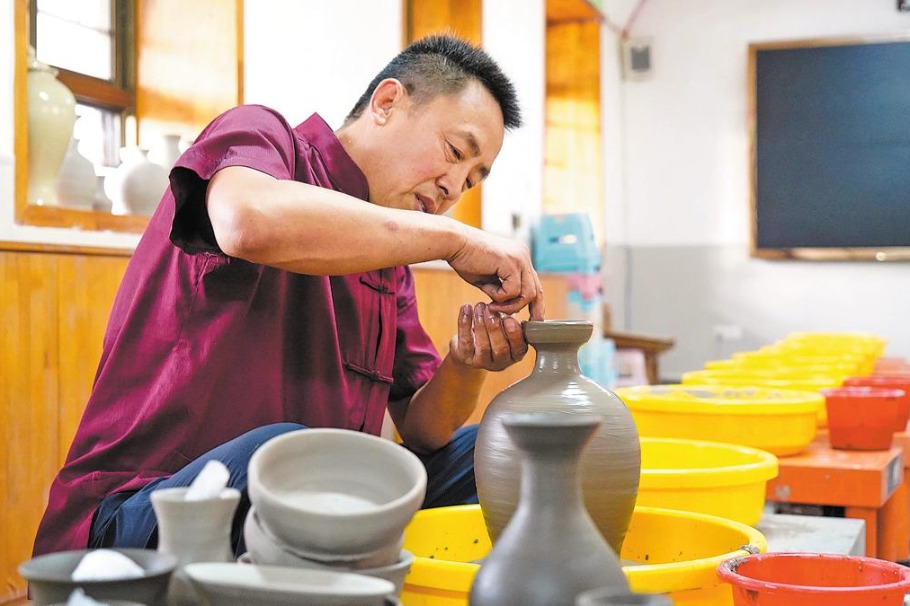Homes become tourist magnets in Kashgar


People in Kashgar, Xinjiang Uygur autonomous region, have rejuvenated their old houses and turned them into tourist attractions over the past few years, bringing in more money and improving their living standards.
Abudumijit Arzu, 36, opened a coffee shop in the old town of Kashgar. She now sees more than 50 customers coming to her 30-square-meter cafe each day. But she never thought that the old town would one day become a tourist magnet.
There has been a settlement on the site of Kashgar, a major city in southern Xinjiang, for more than 2,000 years. It is no stranger to visitors either-as it was an important trading post on the ancient Silk Road, which linked China, the Middle East and Europe.
The city is now inhabited by 34 ethnic groups, with Uygurs accounting for 85.6 percent of its population. The old town area of Kashgar is home to the world's largest earthen architectural complex.
"But 40 years ago, the old town was nothing like today. Garbage could be seen everywhere. The smell was just disgusting, and the mosquitoes and flies were appalling," she said. "Whenever the wind blew, nobody in the town opened their doors."
Since 2010, 7 billion yuan ($1.02 billion) has been channeled into a huge renovation project, rendering the buildings earthquake-proof while maintaining their traditional Uygur charm. Now, around 220,000 people live in this dynamic part of the city, and the town is known for traditional buildings and bustling bazaars, which heave with local food, handicrafts, antiques and jewelry.
Abudumijit's old earthen house has changed into a three-story building with an ethnic architectural style. As a growing number of tourists from home and abroad have visited the town, she spotted an opportunity.
In 2016, Abudumijit went to Urumqi to learn about coffee making. She visited a variety of cafes during her spare time and talked with the owners about their experience. After two years, she was fully prepared to start her own business. In May, she converted the first floor of her house into a coffee shop.
"The development of tourism in the Old Town district means that young people like us now have more opportunities. We can choose different paths from our ancestors. We can create better conditions for our children to grow up," Abudumijit said.
According to local authorities, Xinjiang saw more than 105 million trips in the first eight months of this year, up 40.9 percent year-on-year, according to regional statistics. Tourists have spent more than 171 billion yuan in the region during the period, up 43.1 percent from last year.
Abudumijit plans to expand her coffee shop and is thinking about opening another coffee shop.
"By meeting people from so many places, I've made many friends and broadened my horizons," said Abudumijit. "What's next for the travelers? I'm working on it."
- Consumer complaints rise over AI customer service failures
- Zhejiang authorities probe death of child in hospital
- China moves to reduce childcare costs
- High-altitude discovery sheds light on early settlers of Qinghai-Tibet Plateau
- Beijing seminar studies legal systems of Francophone countries
- Approved private vehicles now permitted direct access to Hong Kong





































